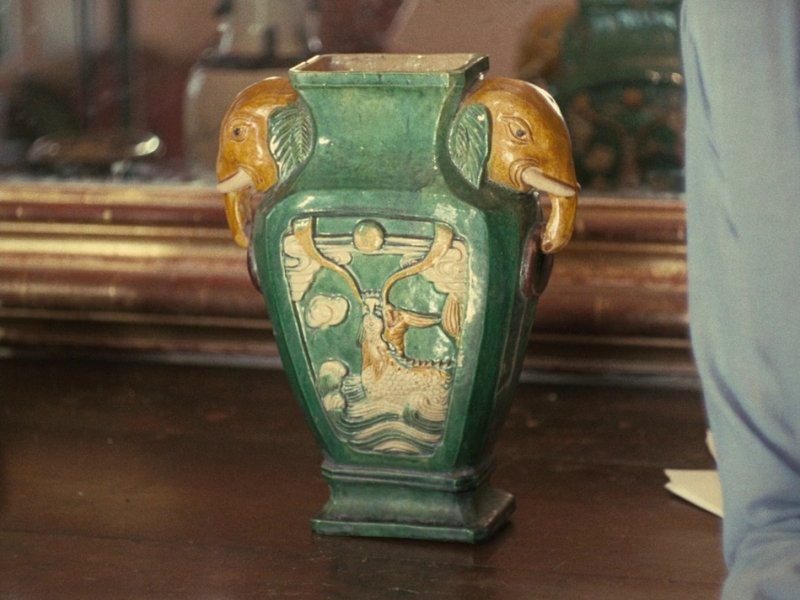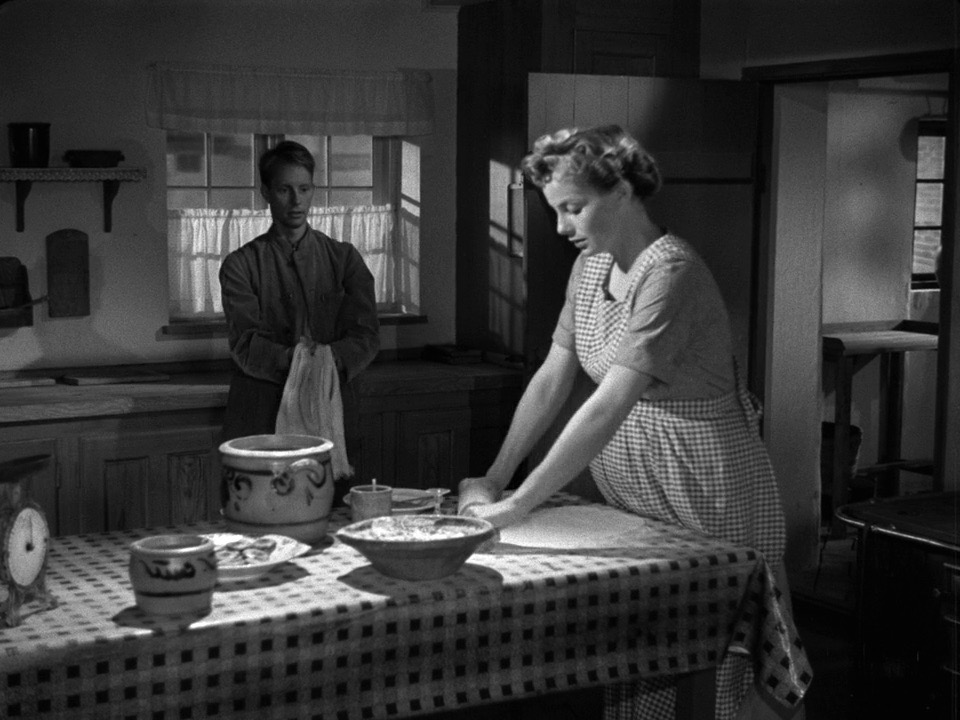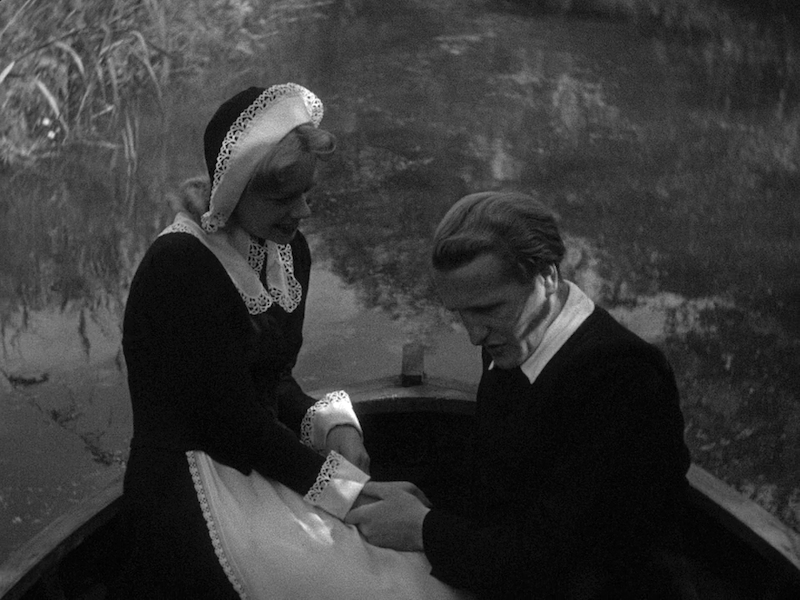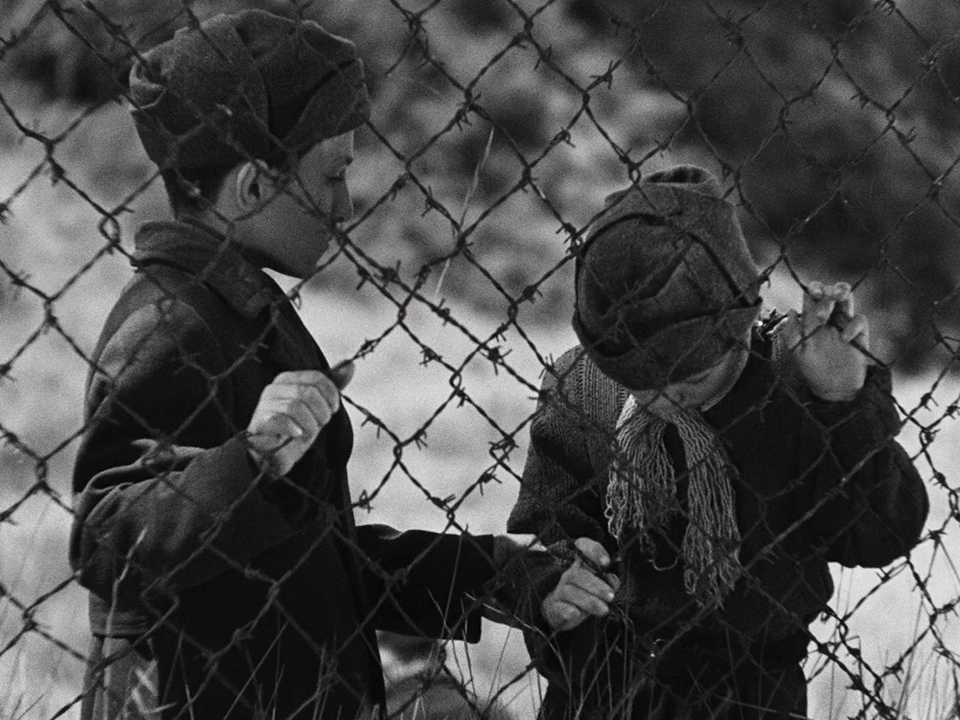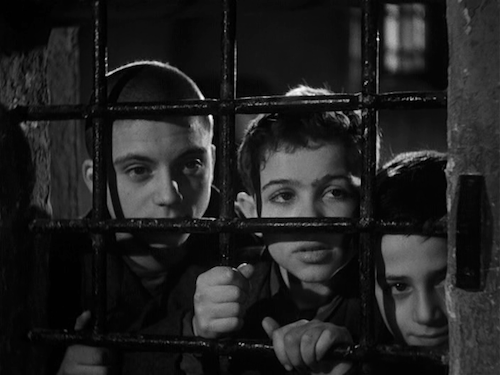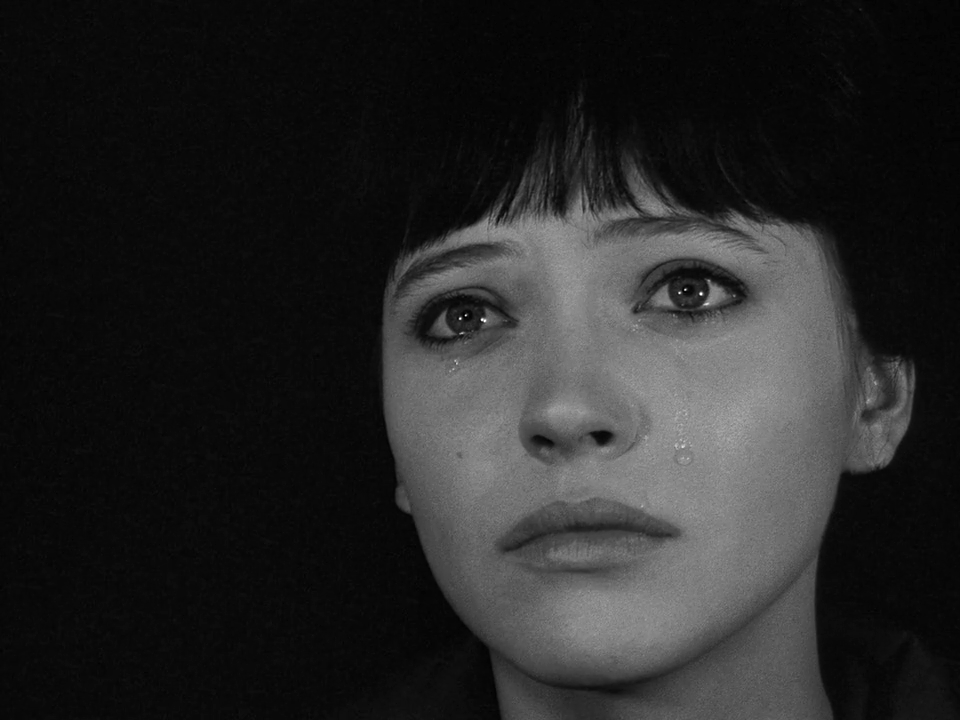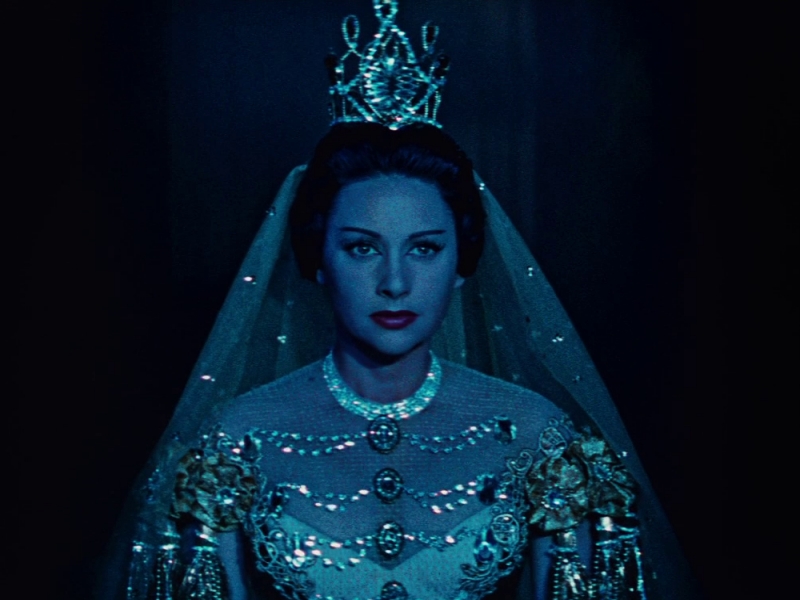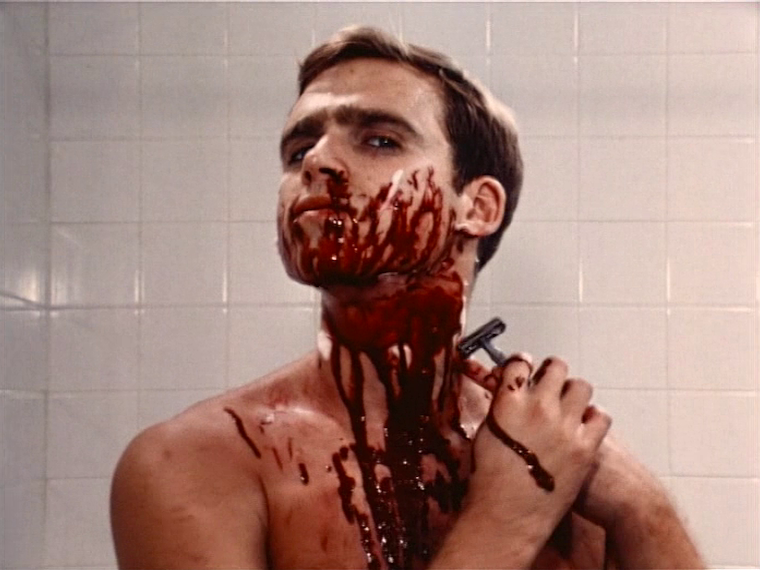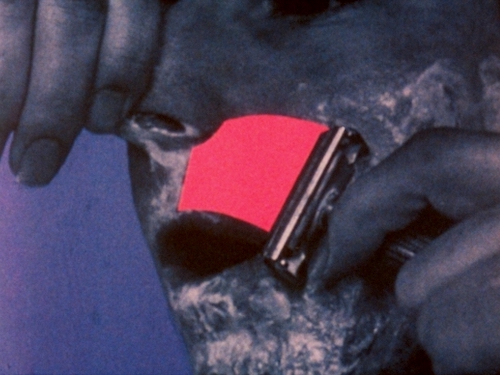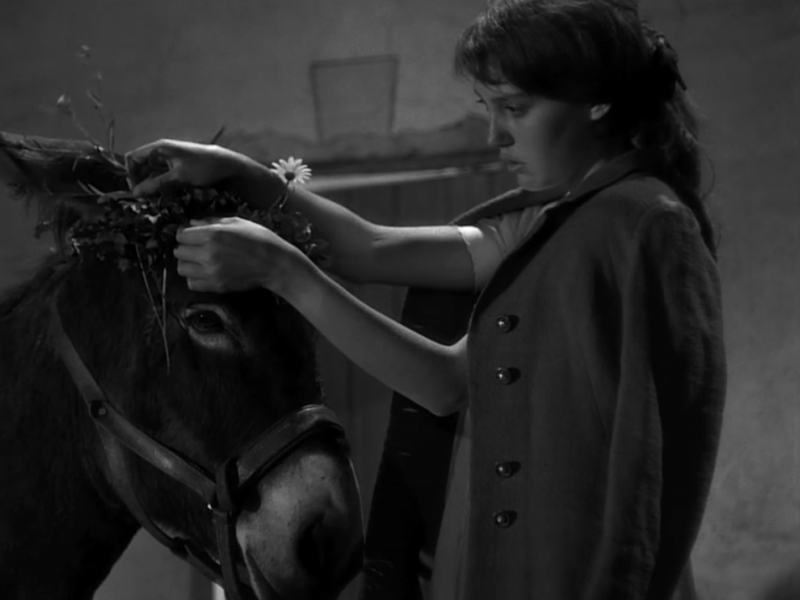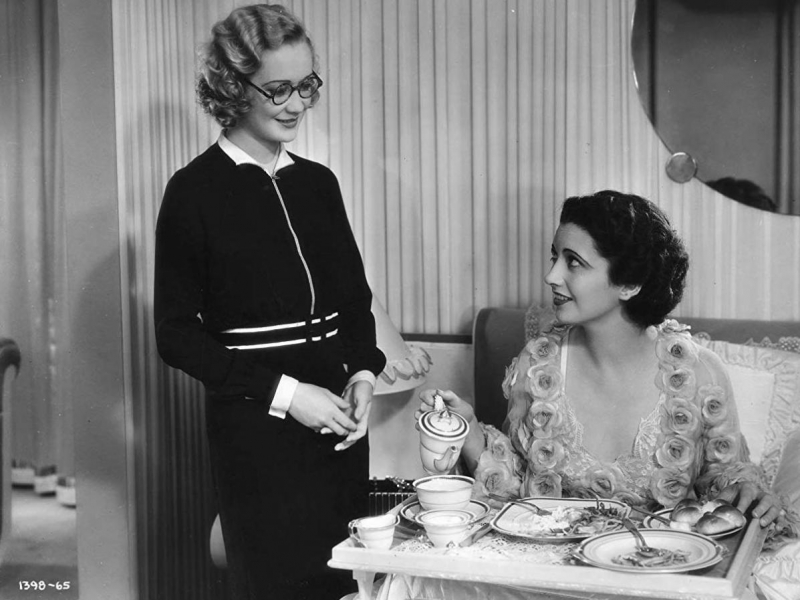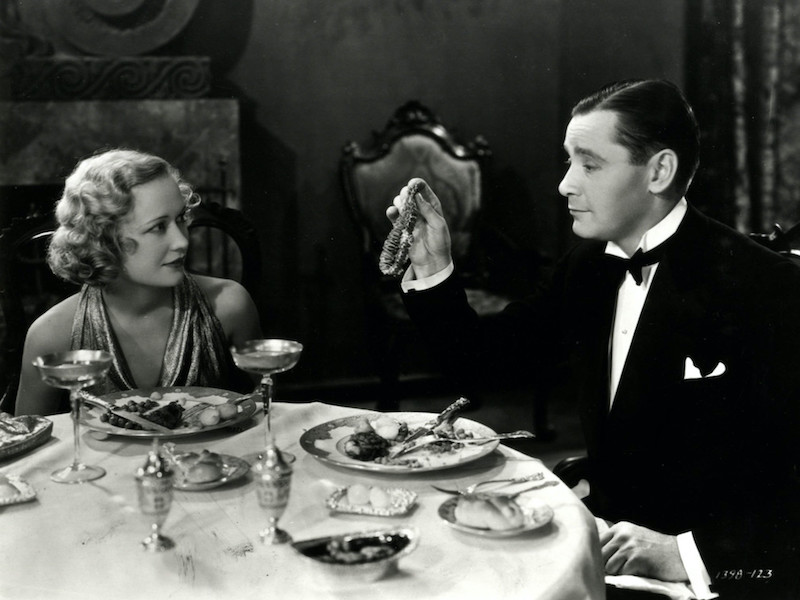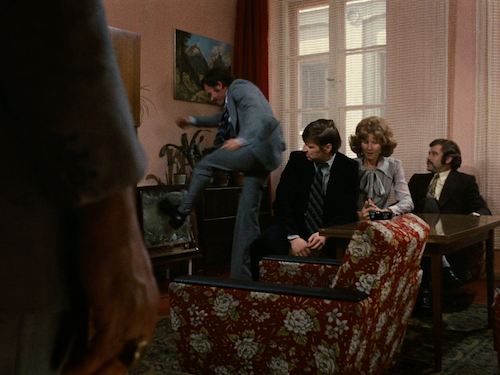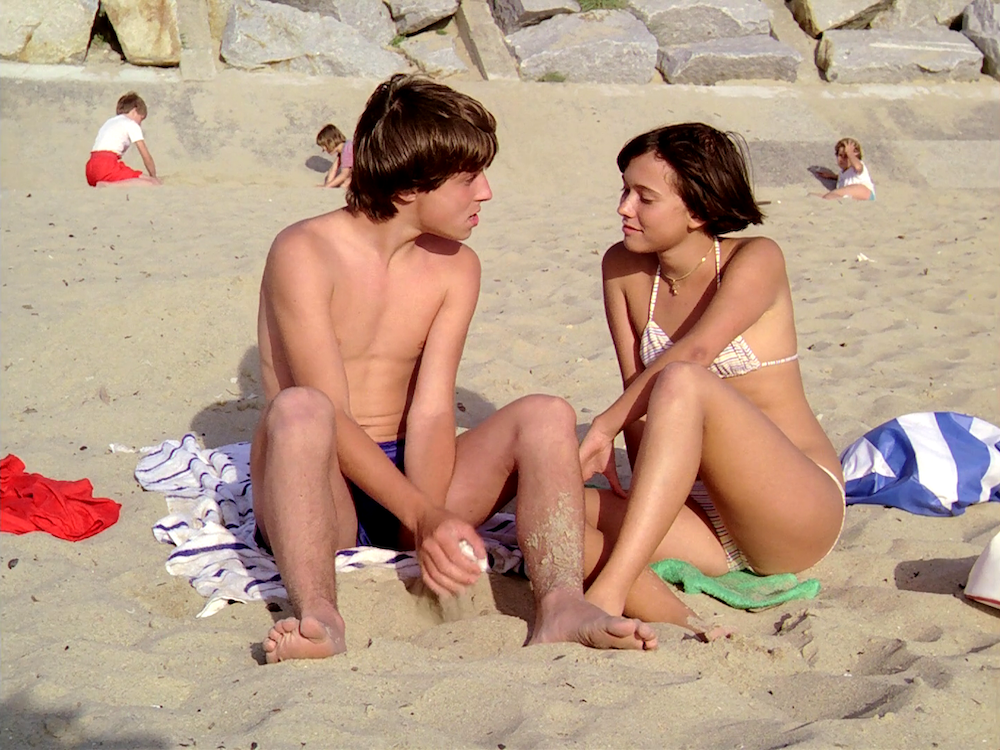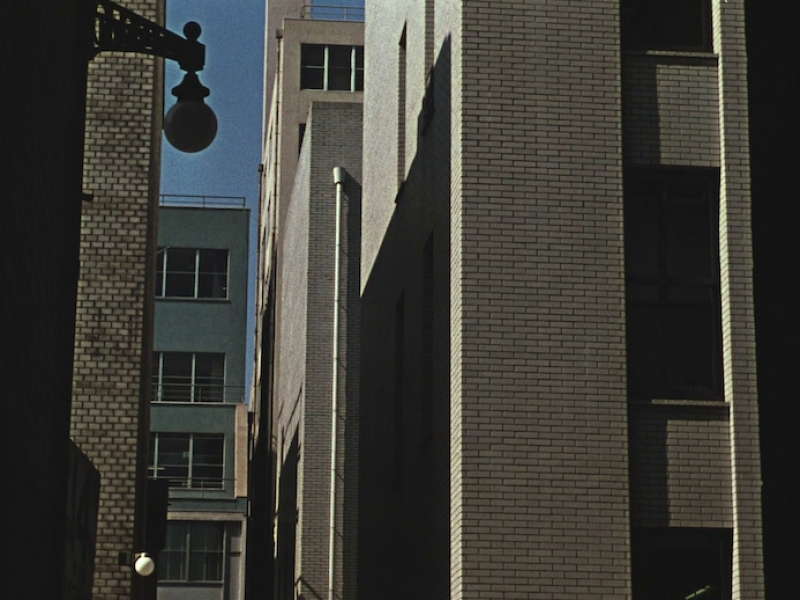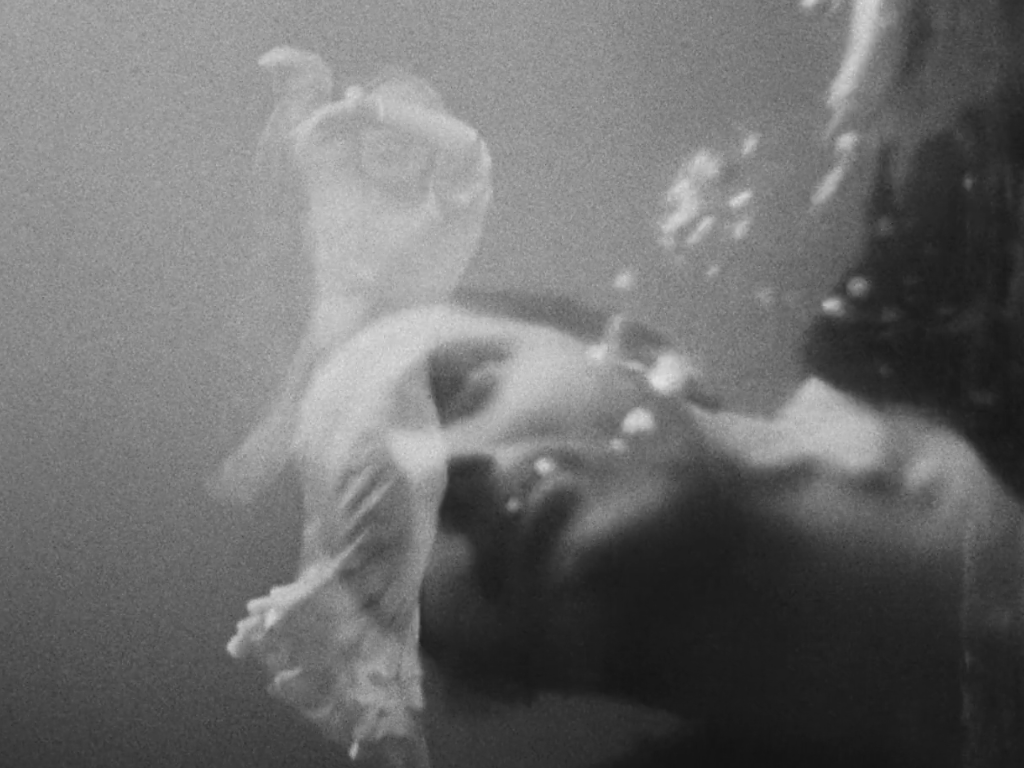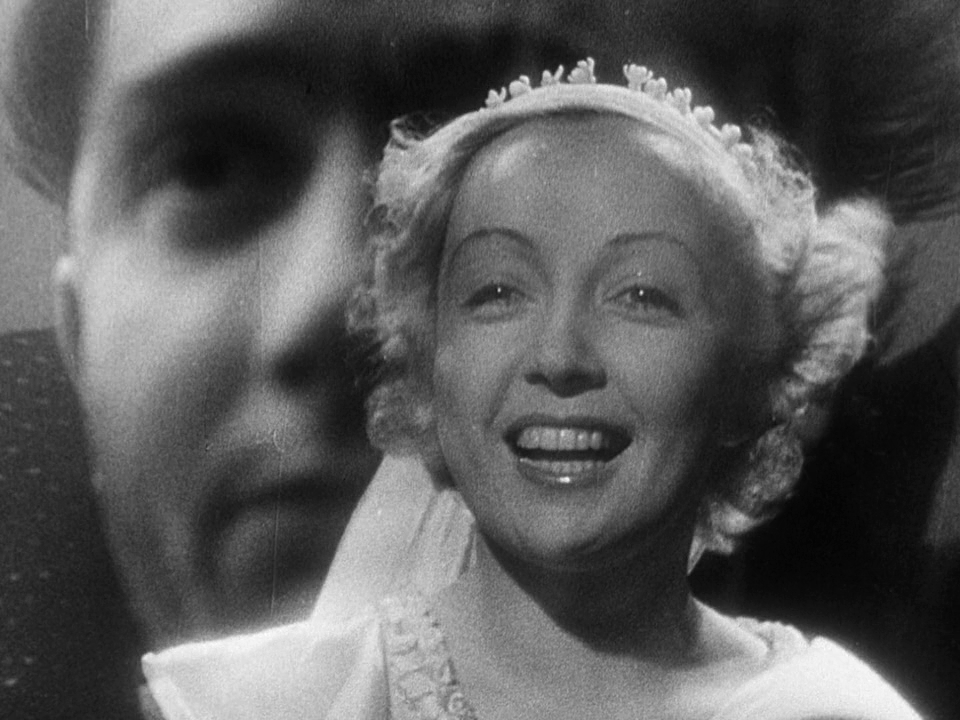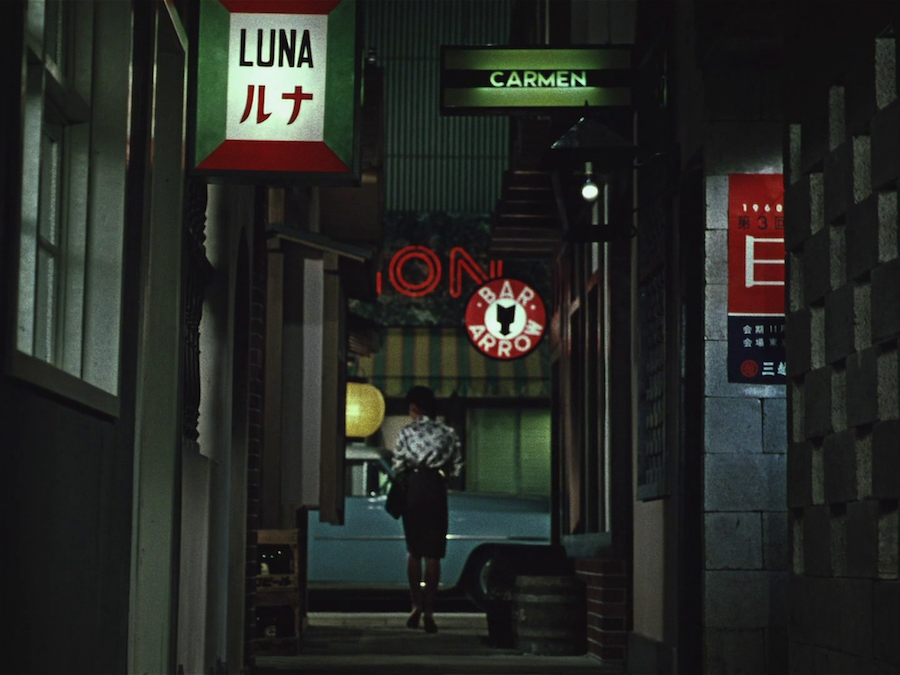Frieda Grafe
Frieda Grafe (1934–2002) was a German film critic, essayist and translator. As a critic, she started her career writing for the German monthly Filmkritik, where she would remain one of its most prominent figures together with her husband Enno Patalas, also a highly esteemed critic and founder of Filmkritik. From the 1970s onwards, she started writing regularly for Die Zeit and Süddeutsche Zeitung. Several collections of her writing on cinema have appeared, including Im Off Filmartikel (1974), gathering texts she wrote in her own name and her husband’s as well as texts they wrote together from the period of 1964 to 1974, and Beschriebener Film (1985), containing most of her writing for Süddeutsche Zeitung. She was also known for her Filmtips, her short weekly commentaries on the film landscape in München, also for the Süddeutsche Zeitung. She and her husband were also responsible for numerous translations, including books by (and about) Alfred Hitchcock, François Truffaut, Éric Rohmer, Jean-Luc Godard, Luis Buñuel, Jean Renoir and Pedro Almodóvar. Frieda Grafe. Ausgewählte Schriften (2002–2008) is a series of publications of her collected writing, under the direction of Enno Patalas, comprising 12 volumes by Brinkmann & Bose Verlag in Berlin. In 2020, Sabzian compiled an introductory dossier on her writing with translations in Dutch.



